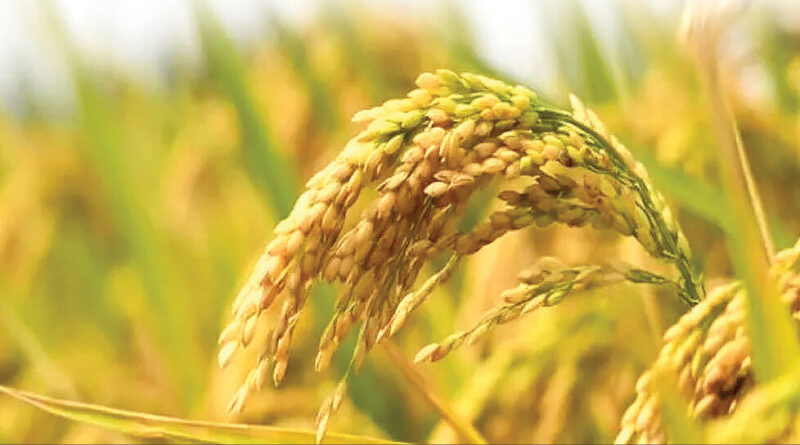Skewed subsidies make paddy most profitable
By Zia Haq
Massive subsidies for growers of paddy (rice), a water-guzzling cereal that has ecologically ruined Punjab and Haryana, along with state-guaranteed purchases,have made it the most profitable crop in the country, the reason why farmers don’t want to shift to scarce items such as pulses, a new study has said.
India relies on costly imports to meet its local demand of pulses and oilseeds every year, spending $3.75 billion on shipments of pulses and $14.8 billion on edible oils in 2023-24, official data show.
The Union government has made self-sufficiency in pulses by 2027 a high priority. However, given that subsidies are heavily skewed towards rice, it will be difficult to push dedicated paddy farmers to diversify towards other crops unless “agricultural subsidies are re-purposed”, the study by the New Delhi-based think-tank, the Indian Council for Research on International Economic Relations, said.
The combined subsidies for paddy from the Centre and the state government in Punjab for power, seeds, fertilizer and irrigation amounted to a staggering ₹38,973 per hectare during 2023-24, the highest for any crop.
Moreover, not all crops reap the same benefits of subsidies. In 2021-22, cultivators in Punjab and Haryana used more fertilizers on paddy than other crops, suggesting that a substantial portion of the fertilizer subsidy is funnelled into paddy, according to the study.
The authors do not recommend eliminating rice subsidies but suggested upfront incentives of ₹30,000-40,000 per hectare for non-paddy farmers by re-purposing power and fertilizer subsidy to alternate kharif or summer crops.
India is a major exporter of rice, which accounts for over 40% of global shipments. In 2021-22, the country exported nearly 22 million tonnes of the grain, about a sixth of its total output. The country banned exports of the grain in August 2023 to cool rising cereal inflation.
Farmers prefer paddy also because of a guaranteed minimum support price (MSP), a floor rate, which makes it a high-income crop, the study notes.
The government buys out paddy and wheat at MSP rates. “This assurance is absent for other crops, leaving them vulnerable to the whims of the market,” the study, led by economist Ashok Gulati and his colleagues, said.
The authors calculated that by deducting the cost of cultivation per hectare, based on a cost measure known as A2, from the gross value of output per hectare, it becomes “clear that paddy offers greater financial returns”. A2 refers to all out-of-pocket expenses and value of family labour.
In 2021-22, the profit margin for paddy towered over most other summer crops, with differences ranging from ₹66,663 a hectare for maize and ₹11,462 for moong (green gram) in Punjab to ₹68,849 per hectare for bajra (pearl millet) and ₹36,295 for cotton in Haryana.
“The skewed subsidy to paddy contributes to approximately one-third of its profitability. This economic reality makes it challenging for farmers to justify planting crops that are sustainable from environmental angle,” the study notes.
This article has been republished from The Hindustan Times.

